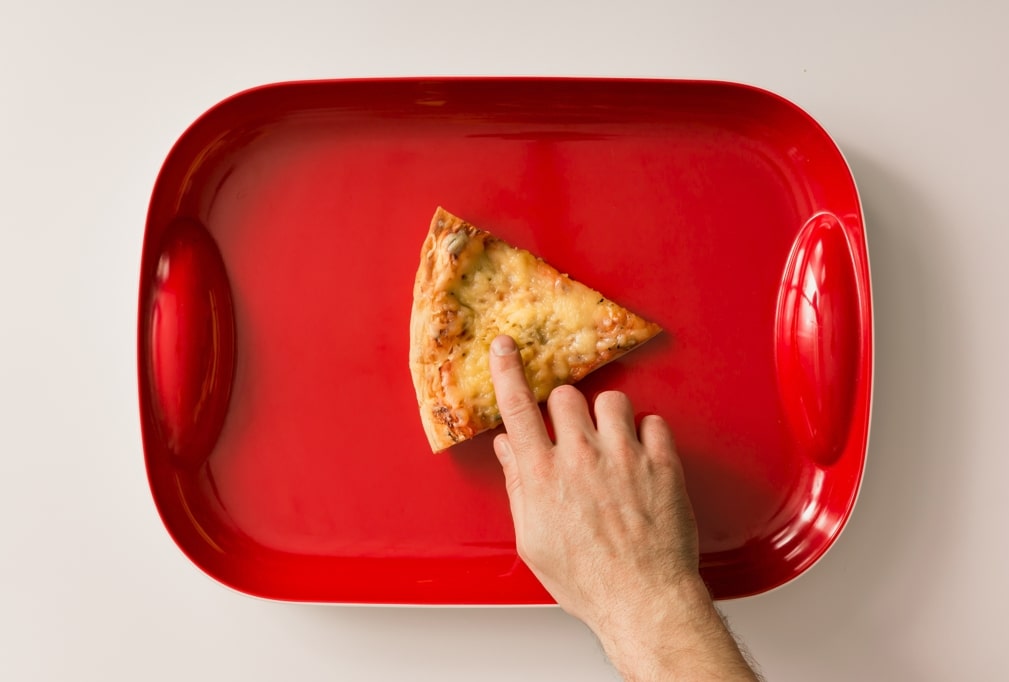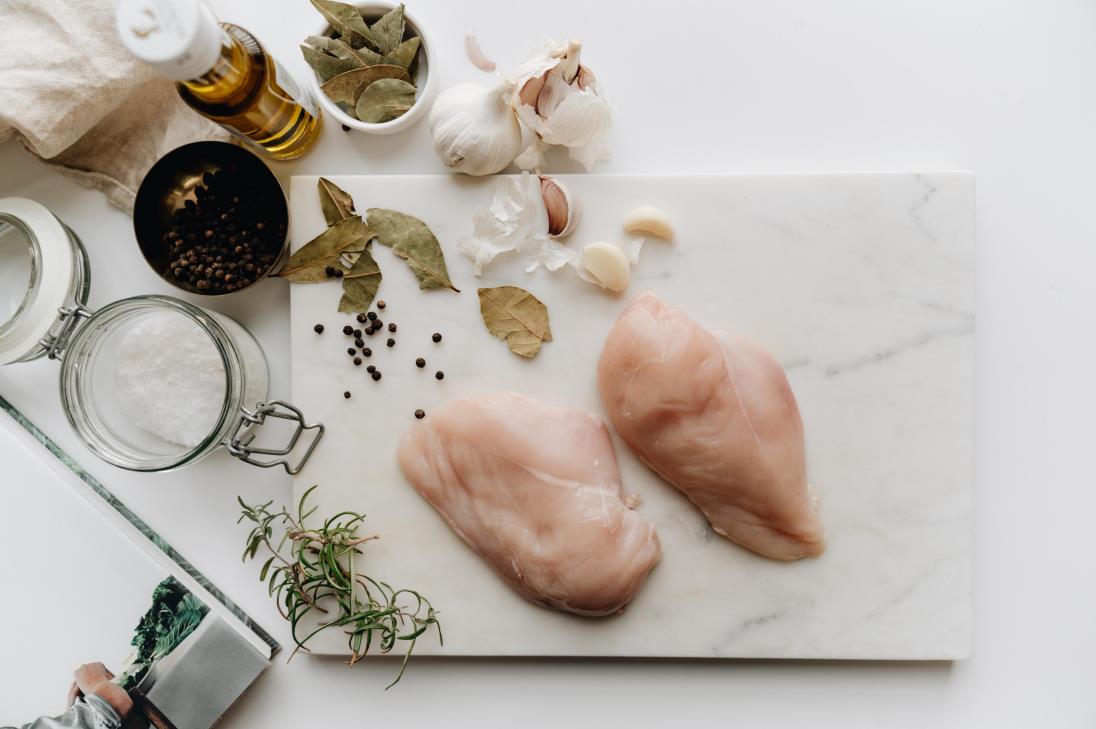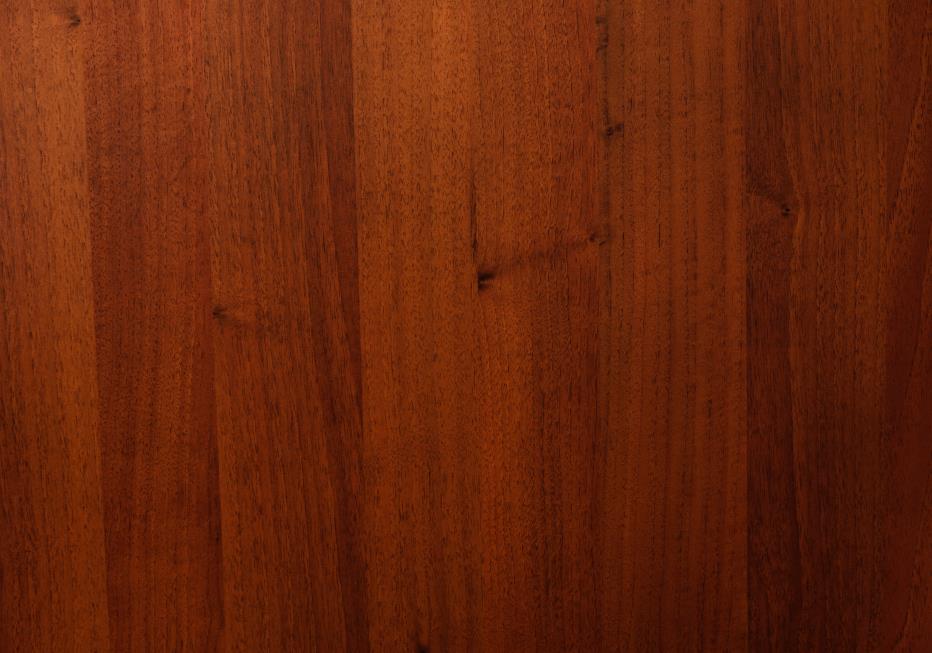When it comes to selecting a cutting board for your kitchen, you want something that is both functional and aesthetically pleasing. Enter Zebrawood, a striking and unique hardwood often used for furniture and decorative items. But is zebra wood good for cutting boards?
Unfortunately, Zebra wood isn’t suitable for cutting boards because it’s too hard, smells awful, and isn’t the most food-safe option. This wood has a Janka hardness of 1,810 lbf, meaning it’s too hard and will quickly dull your chef knives. Moreover, the wood has large pores that trap bacteria and moisture, making it difficult to clean and sanitize.
This article will explore the properties of zebrawood to establish further why it’s not the best material for cutting boards. We will also consider alternative options that are better suited for this purpose.
Table of contents
What is zebra wood?
Zebrawood is a hardwood primarily found in West Africa, specifically Cameroon, Gabon, and Congo. The scientific name for zebrawood is Microberlinia brazzavillensis or Astronium spp.
The tree’s name is from the distinctive zebra-like stripes that run through its grain patterns. The stripes come about because of the natural growth patterns of the tree and vary in color. The heartwood can be light brown or cream, and the stripes can be dark brownish or black.
The orientation of the wood’s growth rings affects the appearance of the stripes, which can be either chaotic and wavy when the wood is flatsawn or somewhat uniform when it is quartersawn.
The flatsawn pattern produces an irregular and dramatic zebra-stripe appearance, while the quartersawn pattern displays a more subtle and uniform effect. Both patterns have unique appeal and are often used for different applications based on aesthetic and functional qualities.
Zebra wood is fairly coarse and features open pores. In most cases, the grain is wavy but can also be interlocked.
Zebra wood properties
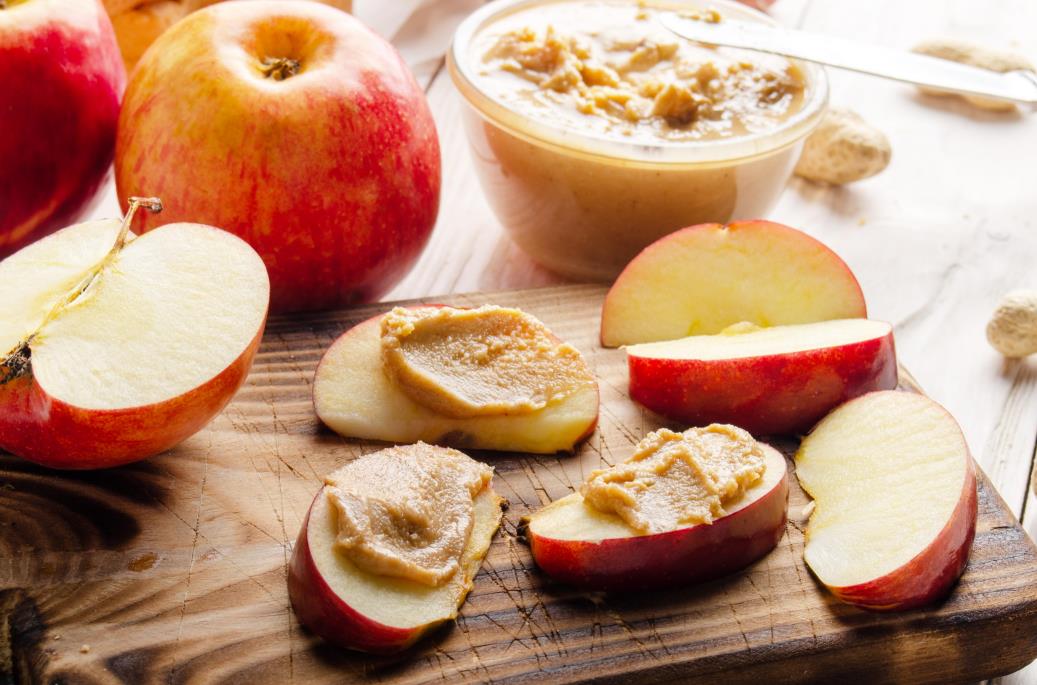
Extremely hard
Zebrawood has a Janka hardness rating of 1,810 lbf, which makes it a very hard and durable wood. To put this into perspective, some other common wood species and their Janka hardness ratings include:
- Red oak: 1,220 lbf
- Hard maple: 1,450 lbf
- Brazilian cherry: 2,690 lbf
- Santos mahogany: 2,400 lbf
- Ebony: 3,220 lbf
As you can see, zebrawood is significantly harder than some popular hardwoods like red oak and hard maple. It is comparable in hardness to other exotic hardwoods like Brazilian cherry and Santos mahogany.
The high Janka hardness rating of zebrawood means that it can withstand a lot of wear and tear and is suitable for high-traffic areas like floors or outdoor decking. However, the hardness of zebra wood can also make it more challenging to work with, as it can be tough to cut and shape with hand or power tools.
In the context of cutting boards, the ideal Janka hardness rating of cutting boards is between 900 lbf and 1,500 lbf. That means zebra wood is slightly above the scale and won’t offer kitchen knives the desired give to keep them sharp for longer. As such, you’ll be required to sharpen your blade more often.
Highly rot resistant
Zebra wood is known for its natural resistance to decay and insect attack, a valuable property for wood used in outdoor applications. Some of the reasons why zebra wood is highly rot-resistant include the high content of natural oils that help repel moisture, and its high density, which makes the wood resistant to moisture absorption.
Coarse texture
Zebra wood has a reasonably coarse texture that gives it a tactile and natural feel, and the grain can be wavy or interlocked in some specimens. The wavy or interlocked grain of zebrawood can create a visually interesting and dynamic pattern in the wood that can add a unique character to furniture or other woodworking projects.
However, it can also make the wood more difficult to work with, as it may require special tools or techniques to cut or sand without causing tear-out or splintering.
The coarse texture of zebrawood also affects its finish, as it can be challenging to achieve a smooth surface without careful sanding and polishing. However, the texture can also add a rustic or natural feel to the wood that some people find appealing.
Aesthetically pleasing
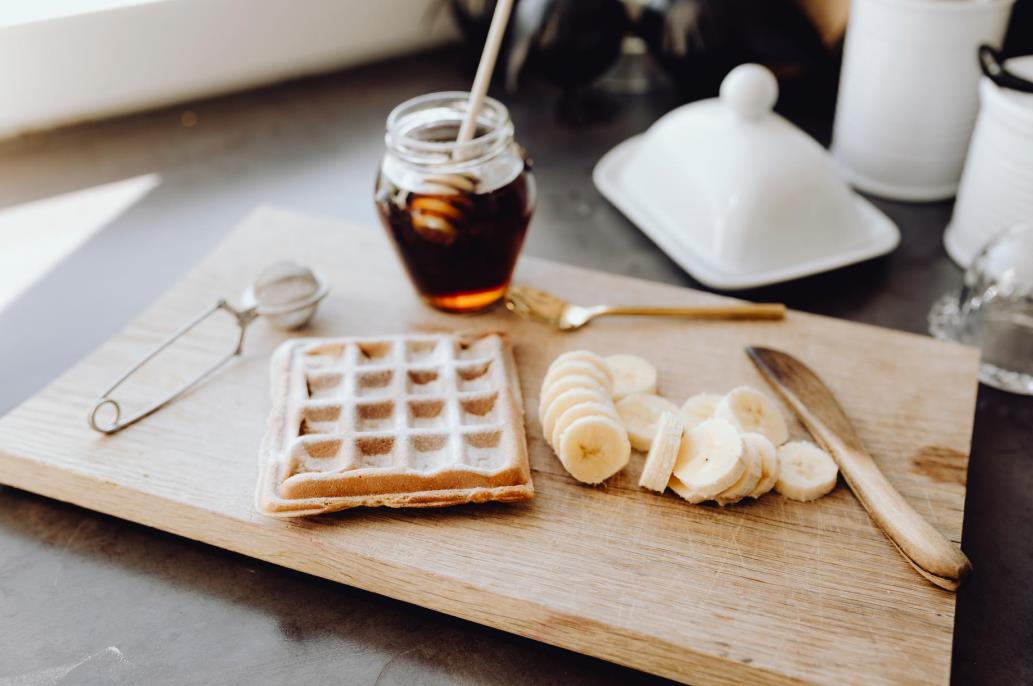
Zebra wood’s distinctive stripes make it popular for decorative applications like veneers or accent walls. For this reason, you may want to use this for a cutting board.
However, while the appearance of zebrawood may be visually striking, it’s essential to consider the practicality of using it as a cutting board. As mentioned earlier, zebra wood has large pores that trap moisture and bacteria, making it difficult to sanitize and keep clean.
Awful smell
The smell of zebra wood is another reason it’s not ideal for use as a cutting board. The wood has a strong and unpleasant odor that some people find offensive. The odor can be particularly noticeable when you cut or sand the wood, and it may linger even after it has been finished or sealed.
This property is a significant drawback when preparing food on the cutting board, as the odor may transfer to the food and affect its flavor.
Is zebra wood good for cutting boards?
There’s no doubt zebra wood caught your eye, and you are still pondering whether it’s a good option for cutting boards. While it’s an attractive option, the drawbacks outweigh the pros. Besides the foul smell, excess hardness levels, and large pores, zebra wood often causes allergic reactions.
Most allergic reactions include skin and eye irritations. Therefore, before using zebra wood, ensure you don’t have any allergic reactions to it.
Handpicked for you
True cutting power in the palm of your hand
Is zebra wood food safe?
The safety of a cutting board depends on the wood species used and how well it resists bacteria growth. Regarding zebrawood, there are concerns about its safety for food use. That’s especially due to the large pores that form a perfect breeding ground for bacteria.
Besides the large pores, the wood most chefs consider the wood generally safe for food use. It doesn’t contain any oils or resins that can injure health. Also, ensure that all the finishes and treatments applied to zebra wood are food safe. Some finishes or treatments may contain chemicals or additives that could harm health.
What are better options?
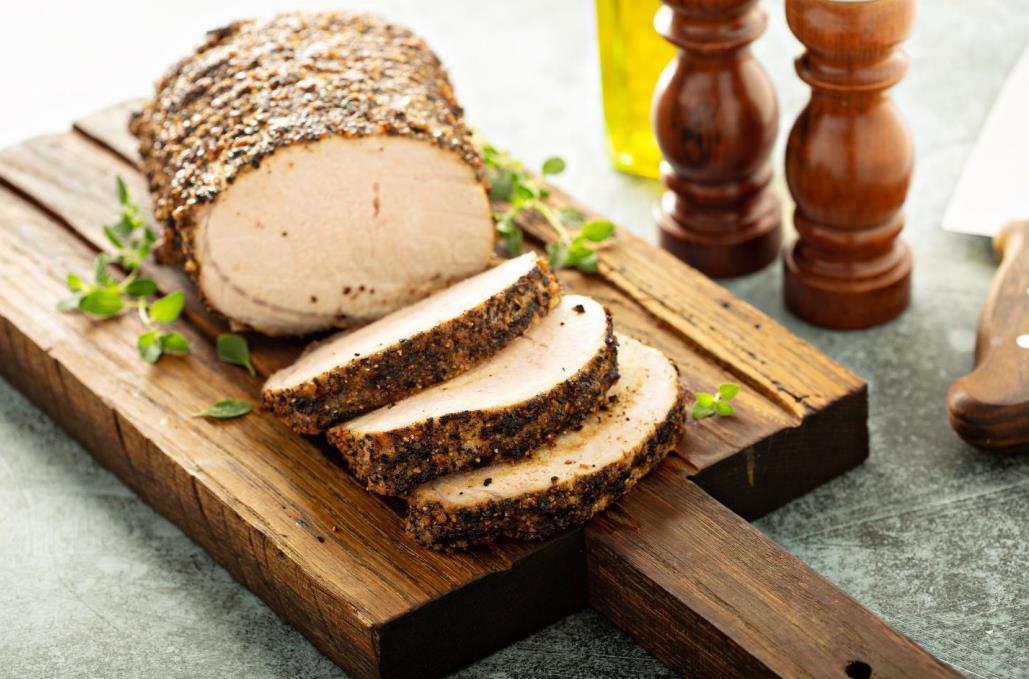
If you’re looking for a durable, aesthetically pleasing, safe cutting board material, several options are available that are better suited for this purpose. Hardwoods like maple, walnut, and cherry are popular for cutting boards due to their durability, resistance to bacteria growth, and easy maintenance.
Here are more details about these woods.
Maple
Due to its hardness and density, Maple is a popular choice for cutting boards. It has a tight, uniform grain pattern that makes it easy to work with, and it resists bacteria growth well. Maple cutting boards are also relatively easy to maintain and less likely to show knife marks than other woods. This wood is also attractive and makes excellent charcuterie boards.
Walnut
Walnut is a beautiful and durable hardwood that is well-suited for cutting boards. It has a rich, dark color that deepens over time, and its hardness and density make it resistant to bacteria growth. Walnut cutting boards are also easy to maintain and can last for years with proper care.
Sweet cherry
Sweet cherry is a warm, reddish-brown hardwood with a fine, straight-grain pattern. It is a popular choice for cutting boards due to its durability, resistance to bacteria growth, and easy maintenance. Cherry wood also contains natural antimicrobial properties that make it a food-safe alternative.
Acacia wood
Another good zebra wood alternative is acacia. While the grain pattern of acacia wood may not be as pronounced as that of zebrawood, it has its charm and beauty. Acacia wood is also a highly durable and strong hardwood, making it an excellent choice for cutting boards and other functional items. Additionally, acacia wood is naturally resistant to water and bacteria, making it a food-safe option for kitchen use.
Closing thoughts
In conclusion, zebra wood may be a striking and unique hardwood, but it is not the best option for cutting boards. Its hardness can quickly dull kitchen knives, and its large pores trap bacteria and moisture, making it difficult to clean and sanitize. The wood’s strong and unpleasant odor can also transfer to food and affect its flavor.
Our HDMD blog has extensive information on various wood types that can make excellent alternatives. While at it, check out store for exciting offers on handmade kitchen knives.








